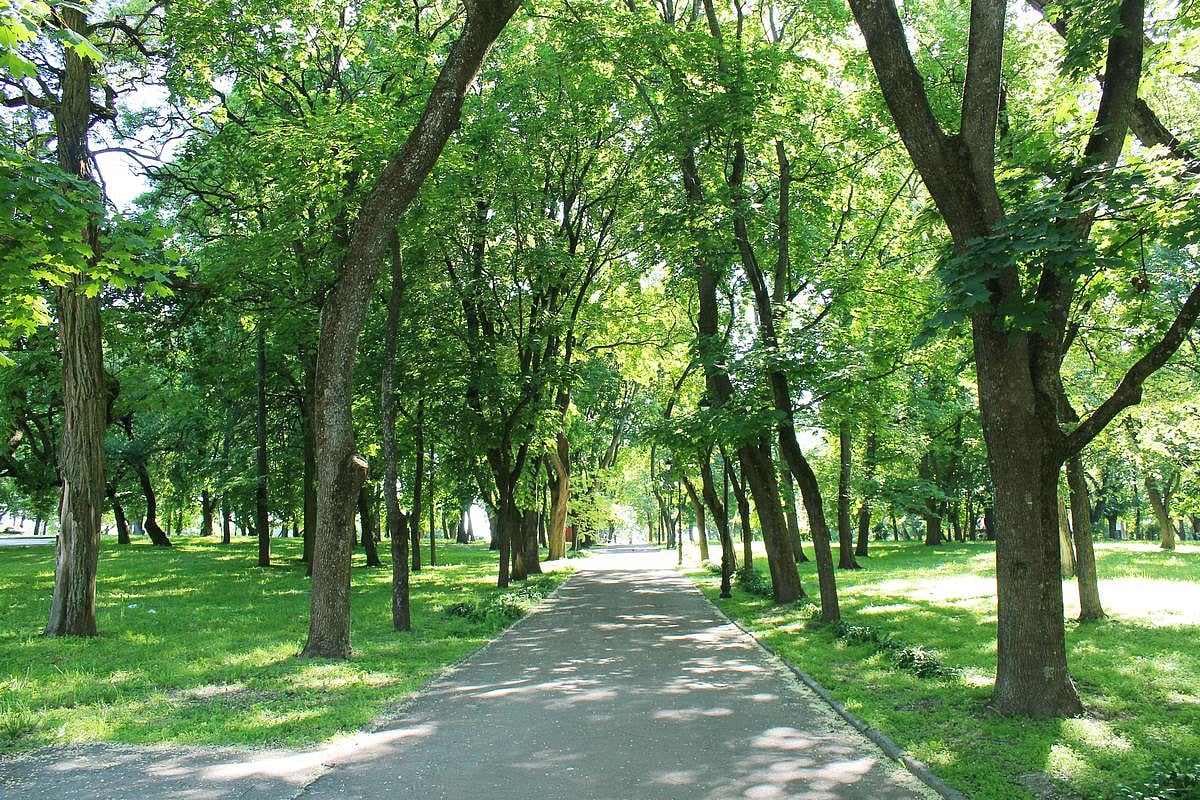Get Healthy!

- Ernie Mundell
- Posted November 19, 2024
Most of the World's Cities Lack Enough Trees to Cool, Calm Residents
As climate changes sends summer temperatures higher worldwide, new research finds most urban residents don't have a key source of cooling shade: trees.
A study of eight cities around the globe found that only two -- Seattle and Singapore -- reached even the minimum recommendation of 30% of their buildings having adequate tree canopy nearby.
The other six cities -- New York City, Amsterdam, Buenos Aires, Denver, Sydney and Melbourne -- failed this test. New York City was especially lacking, with near 0% of buildings having enough trees to make a difference in shielding folks from the heat of the sun.
“Studies say we actually need at least 40% canopy cover to substantially lower daytime air temperatures, so the ‘30’ metric is the absolute bare minimum -- and most buildings we studied don't even reach that goal," said lead researcher Dr Thami Croeser, of RMIT University in Melbourne, Australia.
His team published its findings Nov. 19 in the journal Nature Communications.
As the researchers explained, humans don't need trees just for physical comfort. They can help calm the mind, too.
“Previous research has shown depression, anxiety, obesity and heatstroke are more prevalent in urban areas that lack access to shady tree canopy and green open spaces,” said Croeser, from RMIT’s Centre for Urban Research.
Experts in urban environments have come up with what they call the "3-30-300" rule: Every house, school and workplace in a city should have a view of at least three trees, be in a neighborhood with at least 30% tree canopy cover, and be within about 300 meters (1,000 feet) of a park.
In their research, Croeser's group tested that metric out on more than 2.5 million buildings in Amsterdam, Buenos Aires, Denver, central Melbourne, New York City, Seattle, Singapore and central Sydney.
Only Seattle and Singapore met or exceeded the goal of having at least 30% of buildings within 300 meters of good tree canopy. Forty-five percent of Seattle's buildings met that threshold, as did 75% of buildings in Singapore.
Most folks also have poor access to a shady park, the team found.
The best-performing cities in that regard were Singapore and Amsterdam, while Buenos Aires and New York City scored poorly.
With 2023 being the hottest year on record globally, the findings don't bode well for the physical and mental health of the world's people, Croeser said.
“Canopy cover doesn’t just increase cooling, it can also reduce flood risk as well as benefit mental and physical health and support urban biodiversity," he noted in a university news release.
Too often, he said, trees are cut down or not planted because planners prioritize cables and pipelines on city streets, instead.
“Currently, we put trees last, and if it gets in the way of cabling or pipes, we remove the tree or replace it with a sapling," Croeser said. "Designing trees into streets early, and then figuring out win-win solutions to get in utilities and traffic access, is one of the big changes we need to make a difference.”
Even those trees that do get planted often struggle to survive.
“The soil is compacted, there’s asphalt over them and when it rains, the water runs off into the gutters instead of into the soil," Croeser said. “Earlier research shows that if urban trees are planted in better quality soil with enough space for them to grow, where rainwater can run directly into the soil, it will help trees grow bigger faster, to address our lack of canopy cover."
“30% canopy cover seems like a high bar if we keep doing things the same way, but it’s totally achievable if we change a bit of our practice," he added.
More information
Find out more about trees' health benefits at the U.S. Department of Agriculture.
SOURCE: RMIT University, news release, Nov. 19, 2024





